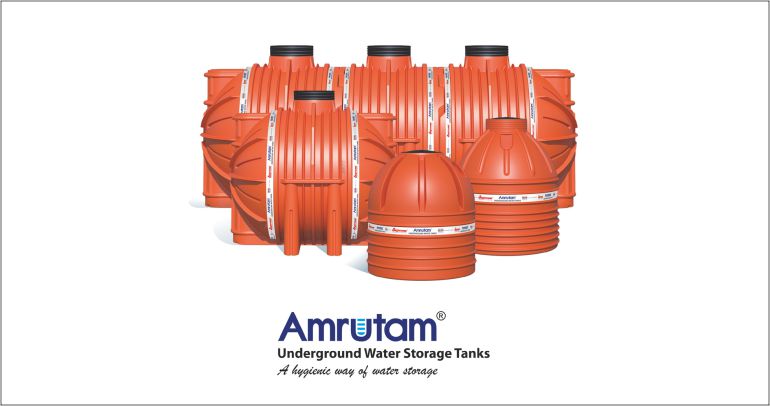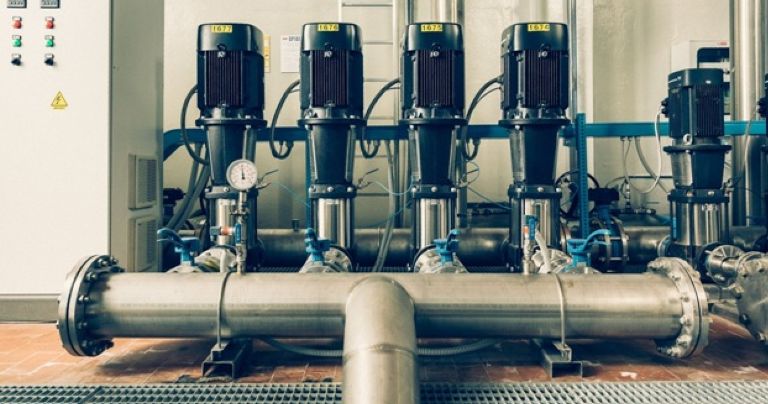Kirloskar’s Impulse-cum-Thermodynamic Steam Trap Device
By Edit Team | January 17, 2018 9:42 am SHARE

Used for steam main header, main-line drains, drip legs, steam heating coils and other heat transfer equipment to allow condensate and air to pass as soon as they accumulate.
A Steam Trap is an automatic device designed to trap and hold steam until it has condensed, and to allow the condensate and air to pass as soon as they accumulate. It has been observed that the currently used devices waste a substantial amount of live steam besides being prone to operational malfunctions. It is to be noted that there is no universal steam trap. Both condensate pressure and flow rate normally vary significantly in steam distribution system and as such, trap should be capable of handling condensate accumulation from trickle to flooding conditions.
Categories of Steam Traps
Mechanical
Responds to difference in density between steam and condensate.
Thermodynamic
Responds to difference in kinetic energy between steam and condensate.
Thermostatic
Responds to difference in temperature between steam and sub-cooled condensate.
Impulse-cum-Thermodynamic Steam Trap Device
The concept of impulse-cum-thermodynamic Steam Trap was innovated by Engineers India Limited (EIL), at its R&D centre at Gurgaon. Kirloskar Brothers Limited has started manufacturing this new concept under license from EIL. The new Steam Trap device consists of dual chamber body. The first chamber responds to impulse action of condensate at high pressure and temperature, and the second chamber responds to difference in Kinetic Energy between steam and condensate.
Features of Impulse-cum-Thermodynamic Steam Trap Device
- Discharges condensate consistently without any intermittent failure.
- Releases only condensate when installed in LP steam header.
- Saves 96 per cent live steam.
- Pulsating or intermittent discharge from first chamber having fluctuating pressure acts continuously below the disc in second chamber and ensures consistent operation of the trap round the clock.
- Trap functions at considerably low noise level.
- Double strainer in each chamber prevents entry of foreign material in trap.
- Material of construction is selected to ensure better mechanical and corrosion resistant properties.
- The impulse valve, disc and seats for both valve and disc are hardened by induction hardening process at 45 Rc to enable it to withstand continuous water hammering and pulsating discharge.
- Easy maintenance.
Problems associated with Thermodynamic (Disc) Trap
-
- Operation cycle (frequency) depends on heat transfer.
- Operates continuously even in zero-condensate load.
- Frequent fail closed and fail open conditions. Fail open due to dirt or scale; fail close due to vapour, steam lock, air binding.
- Failure due to cavitation.
- Pressure below 35 to 55 kPa thermo-effect and dynamic-effect is lost due to insufficient flash steam and increasing back pressure respectively.
Objective of Kirloskar Impulse-cum-Thermodynamic Steam Trap
- Indigenous design.
- High reliability.
- High energy savings.
- Field Trials: 2 years at R&D pilot plant.
- Commercial testing:
* One year at CPCL,
*Chennai and six months at IOCL, Mathura.
- Proven performance and live steam saving.
- Can save Rs 183 crores every year for (100) tonnes refineries having estimated 100,000 traps.
Contact
Kirloskar Brothers Limited
Global Headquarters
Yamuna, Survey No. 98/ (3-7),
Baner, Pune – 411 045,
Tele: +91-20-27214444
Email: marketing@kbl.co.in
www.kirloskarpumps.com
Cookie Consent
We use cookies to personalize your experience. By continuing to visit this website you agree to our Terms & Conditions, Privacy Policy and Cookie Policy.





















































